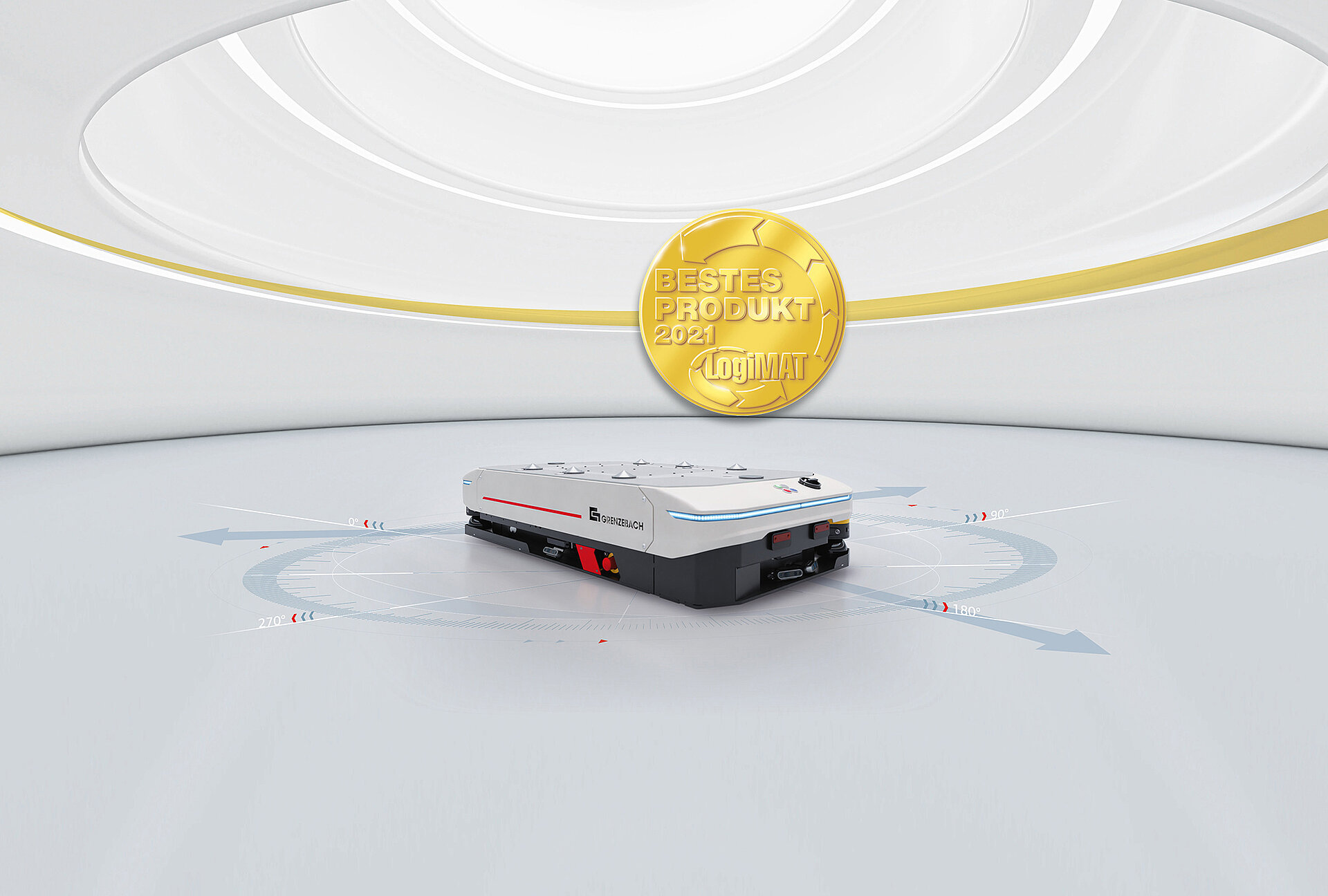Warehouse automation: Which Goods-to-Person solution is the right one for me?
Grenzebach's white paper supports warehouse managers in choosing an automation solution. The contents at a glance:
- Comparison of four systems for fulfillment
- Overview of the driving forces of the change in intralogistics
- Important information for making automation investment decisions
The world of warehousing is constantly changing at a high pace, yet at the same time, many companies experience an investment backlog regarding automation in this area. The persons responsible and the one's making the decisions are moving in a field of tension with their teams. Grenzebach highlights possible Goods-to-Person solutions in detail in their white paper to assists warehouse managers facing automation decisions. In addition, an overview of the current driving forces of the change in warehouse logistics is included in this information package.
Some catching up to do: A lot is still done manually
eCommerce is booming and constantly changing. In many industries, small parts and components have to be provided systematically during production. This challenges employees in retail, production and logistics now more than ever. At the same time, various warehouse processes today are still carried out manually. Many decision-makers in logistics are currently considering automation solutions to support their employees and to make fulfillment powerful and resilient for the future.
Clearly stated advantages and disadvantages of four solutions
Grenzebach’s white paper presents four different systems for order picking in detail and describes their advantages and disadvantages: Automatic storage of small parts; Shuttle System; AutoStore, Automated Guided Vehicles for order picking. These four solutions require, for example, different structural requirements, which affects the time required to imply them.
Matthias Bestle, intralogistics expert at Grenzebach, sees investment backlogs in many cases: "So far, logistics managers have often selected Goods-to-Person solutions based on their ability to recoup within customer contracts with a two or three years term. Market leaders in eCommerce have chosen innovative systems free from such time constraints and thus reached an enormous technological advance.
The role of logistics becomes increasingly important and differentiated
In the white paper, Grenzebach discusses the numerous recent phenomena that those responsible for order picking have to deal with. The "eCommerce instead of stationary retail" trend was additionally fueled by the COVID-19 pandemic, which led to the situation that online shopping now finally has reached the age group of over 60: Almost every third person shopping online in 2020 belonged to that age group. Most of the "newcomers" from this age group will also continue shopping online in the future, experts predict. A typical side effect of online retail is that a lot of capital from production and retail companies is on the road in the form of returns. For example, 46 percent of shoes and clothing are returned, according to the University of Bamberg's Returns Management Research Group. Handling returns quickly and flexibly is one of the most important parameters when it comes to the performance of fulfillment.
Providing the stationary retail with large quantities and at the same time reliably handling very small quantities for private customers: Omnichannel for B2B and B2C is also one of the requirements for Goods-to-Person solutions. Matthias Bestle and his colleagues have identified that the role of logistics in the value-added chain is becoming increasingly important and differentiated. The white paper shows the tasks of logistics in today's production industry. Special offer days such as Black Friday and Cyber Monday are good examples of the volatile demands that order picking systems have to meet. It is therefore obligatory to not only act fast but also be highly flexible.
Successful fulfillment depends on the processing of data
According to Matthias Bestle, automation is the first step to resilient and flexible warehousing. For him, using the data from processes is absolutely necessary to continuously optimize work flows and be able to react flexibly to surprising and yet unknown demands in the future. COVID-19 has demonstrated how fast radical changes can occur. "For fulfillment to be successful, there is no way around working with big data", Matthias Bestle emphasizes.
Grenzebach, together with network partners and customers, stays up-to-date with current developments, such as artificial intelligence and blockchain technology.
Sparring of team and technology
Whichever goods-to-person solution companies choose: It's all about successful sparring between employees in intralogistics and automation solutions.
It is urgently necessary to relieve and support intralogistics teams regarding issues such as ergonomics and preventive health care. Due to the demographic change it will be even more difficult to find personnel for the intralogistics sector in the future. Prof. Dr. Michael Krupp from the University of Applied Sciences in Augsburg, who is deeply involved in the topics of logistics and supply chain management, will discuss this aspect among others in the white paper.




